They are doing Rachel in Rio, Lamdi Oti in London, Dira 26 in Dimona and Biladaich in Boston. Israeli folk dancing is all the rage, and is possible almost any night of the week here in Los Angeles. And if you happen to be traveling out of town, no need to put your hobby on hold, chances are good you can dance there, too. Israeli folk dance aficionados can find a way to entertain themselves almost anywhere in the world.
Thousands of people, young and old, Jews and gentiles, attend Israeli folk dancing sessions regularly. Its popularity seems to stem from a combination of appealing qualities: from the benefits of exercise to the ability to socialize in a low-pressure environment and for many, a way of connecting to their Jewish or Israeli roots. And at only $6 a session, it is cheaper than a movie, a yoga class or a martini at the local hot spot.
Walking into an Israeli folk dance session can seem intimidating at first. Some dancers look like they have been doing it for years. Even at the beginners’ sessions, the onlookers can make anyone feel self-conscious. But one soon realizes that just like everything else in Judaism, we learn by doing. Once you grasp the basic steps, it is easy to follow. And whoever is standing next to you is usually glad to hold your hand and steer you along.
Pop Israeli music fills the large room. The sweet aroma of perspiration and perfume permeates the air. There are 50 or so people, ranging from high schoolers to seniors, following one another in a circle, some holding hands, others alone, all doing the same steps with varying degrees of competence … or confidence. Small groups of people taking a breather gather, drinking coffee, eating orange slices and kibitzing in Hebrew, English and other tongues.
For many Israelis, folk dancing is a place where they can feel at home, meet with friends and hear music in their language. For many Americans, it’s one way to connect to Judaism.
Cheryl from Agoura Hills has been folk dancing for seven years. Her friend brought her once, and she has been coming ever since. "Why do I come? The culture, the language, the kind of people and the exercise combination. I never came here to meet people," she said.
Yet, Cheryl met her husband, Oren, at Israeli folk dancing. Now that they have two small children, they take turns coming to dance. " I come for the dancing, and to keep a bit of the Jewish tradition alive in my own way. It is my contribution," she said.
"This is a place I come to get in touch with my culture," said Roni, a chiropractor originally from Israel, who finds new clients among fellow dancers. "I originally started coming when I was in school — to get away from the pressures. When I was single, I used to come to meet people. Now I come for fun."
There seems to be some discrepancy as to how many Israeli folk dances actually exist, but according to one Web site (www.rokdim.co.il), there are over 4,000 Israeli dances, with more being created all the time. There are choreographers and instructors who attend dance camps and learning sessions year-round, both to teach their dances and to learn dances from other colleagues. Those who lead sessions back in their hometowns, markidim, act as combination instructor-DJ, teaching new dances during lessons and playing the popular old and new songs during open sessions.
David Dassa and Israel Yakovee are the two principal markidim in Los Angeles. Recently, Yakovee spent three weeks teaching Israeli folk dance in Japan. "There is a tremendous curiosity worldwide," Yakovee said. " Israeli dancing’s popularity is the combination of catchy, easy steps and unusual Middle Eastern music."
On average, Dassa and Yakovee host between 150-200 attendees on their big nights here in Los Angeles. While the largest sessions are held in Israel, Los Angeles and New York are the most popular U.S. cities for folk dancing.
Jacob Giron, 21, is a gifted dancer who got started in Israeli folk dancing at age 15 as a punishment by his mother for bad behavior. She was introduced to dancing by a friend of hers, and thought it would be a good way to keep her son off the streets and out of trouble. And it worked. He fell in love with dancing and teaching others to dance. In fact, he is now leading his own Israeli folk dance session at Arthur Murray Studios, as well as teaching at a Jewish senior center and at a temple Sunday school program — even though he is not Jewish.
Israeli folk dancing has changed significantly over the years. And as trends changed and moved in Israel and elsewhere, Israeli folk dancing changed with them. Originally, folk dancing was done in a circle, holding hands, using a series of simple steps that anyone can do.
Israeli folk dancing was born out the Zionist youth groups and early pioneers just before the creation of the nation and continued as Israel won its statehood as a means to create a cultural form that was uniquely Israeli. It combined and incorporated music and steps from Yemen to Poland that reflected the pluralism and diversity that is Israel. The music usually reflected biblical stories or stories about the land of Israel. The classic Israeli dance "Mayim," or water, refers to one of the key foundations to establishing the state, specifically, developing agriculture — a focus of early Zionist pioneers.
Today, in addition to traditional and not-so-traditional circle dances, it also incorporates couples dances and line dances (think The Hustle). The music is modern pop, both Israeli and from around the globe, particularly worldwide trends like Latin music. One of the most popular line dances in Los Angeles these days is choreographed to Shakira’s pop hit, "Whenever, Wherever."
In the early 1960s, Fred Berk brought Israeli folk dancing to America and other dancers brought it to other parts of the Diaspora. As folk music and culture was popular in the 1960s, it had a setting in which to flourish and it did.
David Katz, a longtime Los Angeles instructor noted, "After the ’67 war, there was an outburst of support, which added to its popularity."
According to Dassa, Israeli folk dance popularity seems to have a political ebb and flow. "It is more popular when Americans feel more positively about Israel," he said. "Americans are starting to get back into it, because they feel they want to be connected and supportive."
Some bemoan the fact that Israeli folk dance has lost some of its roots. They have seen it change from a more pure form that connected people to Israel and Judaism to just another form of dancing to new, trendy music. But even those most skeptical about it accept it as part of the reality. It is a reflection of how Israeli society is changing.
"Israelis are into what is trendy and popular. As Latin music like salsa becomes more popular, the dances have simply caught up with the times. While there is value in preserving the old, progress is inevitable," Katz said.
And just as technology plays a greater role in all our lives, Israeli folk dance has been affected by the high-tech revolution: from the way markidim play music selections from computerized play lists to how new Israeli dances are being learned.
One of the most popular Israeli dances worldwide currently is called "Anigma." And truth be known, how this dance can be characterized as an Israeli folk dance is something of an enigma. It is being danced in Israeli folk dance sessions-circles from New Zealand to Holland to Israel and across the United States. The music is Greek. The choreographer, Roberto Hadonis, is a Spaniard who lives in London and is not Jewish. After Hadonis put a video of his new dance on an Israeli folk dance Web site it took off.
"It is the first Web Israeli dance to catch on using the Internet as its means of dissemination. And it is incredibly popular," Katz said. "Before you knew it, it was being done in all over the world." According to Katz, "It is a phenomenon certainly, but it may not be the way of the future."
But what constitutes an Israeli folk dance today is not simply if it has biblical meaning, traditional steps or Hebrew lyrics to the music. " If a dance, like ‘Anigma’ is accepted by the Israeli dance community as part of its repertoire, then it is," Dassa said.






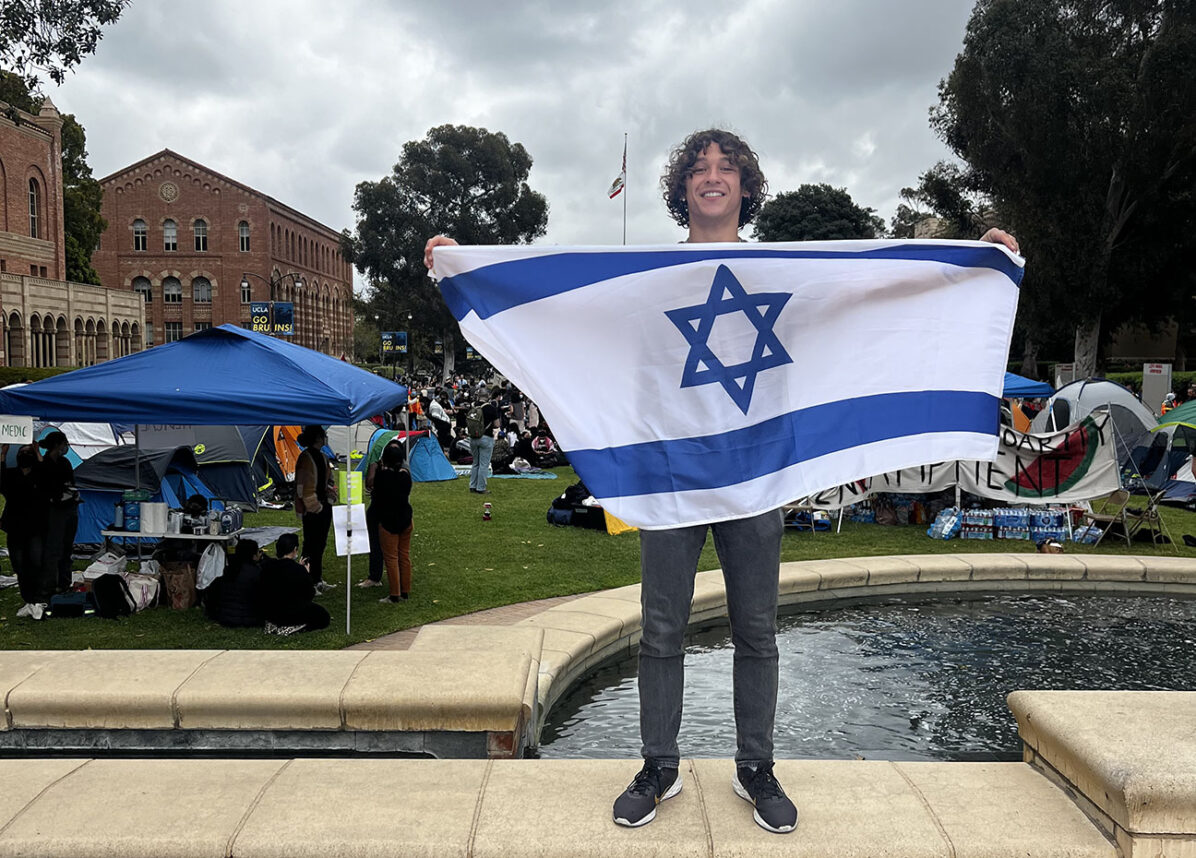

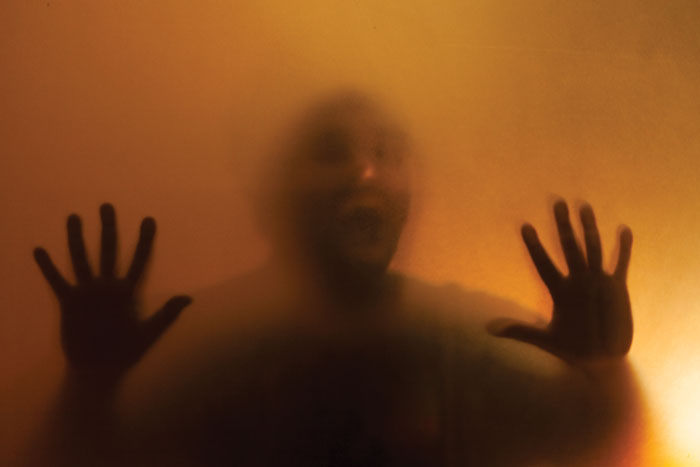
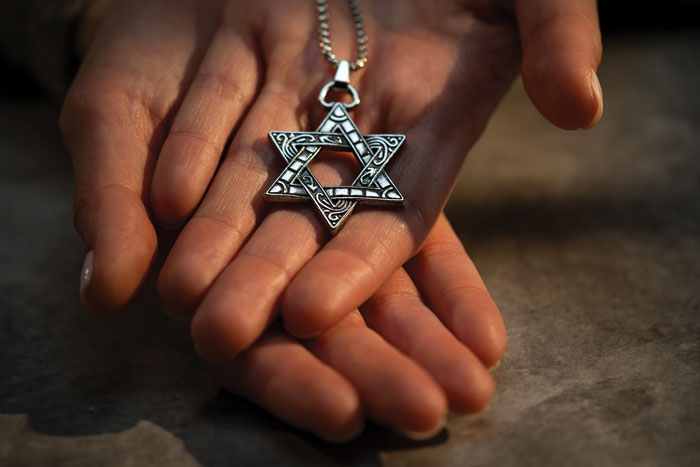

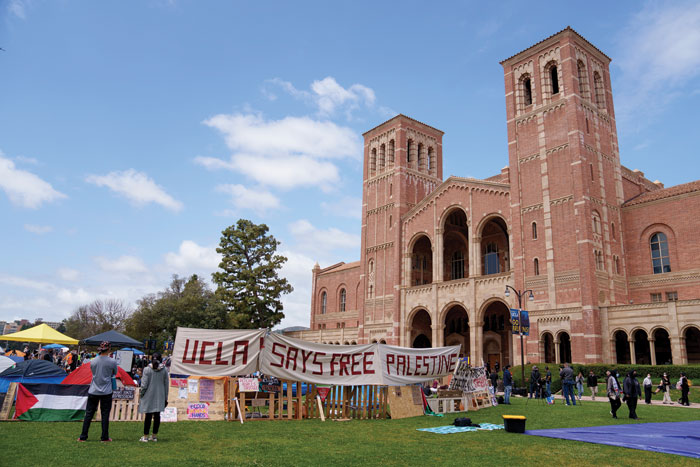


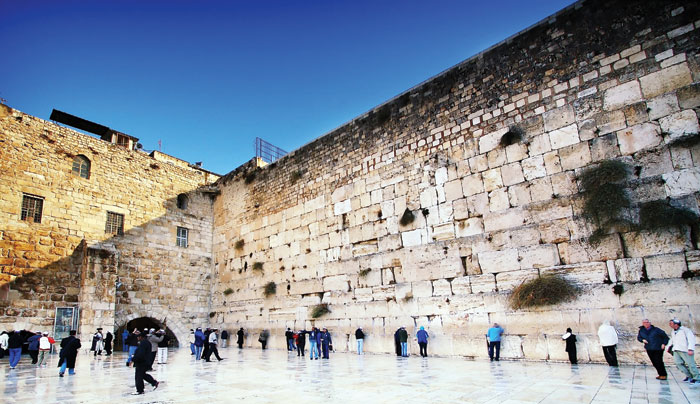
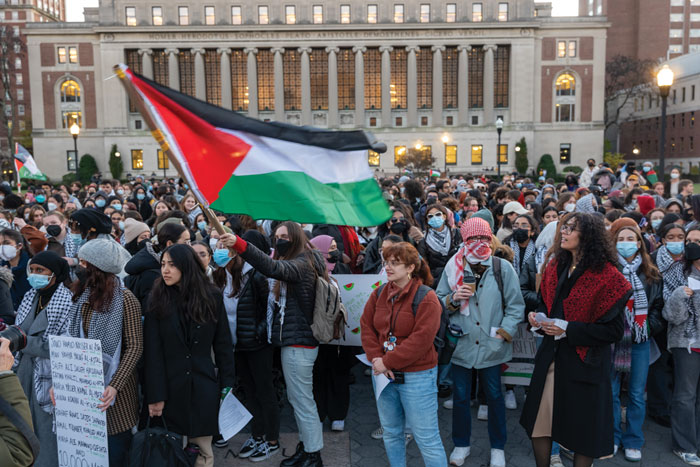
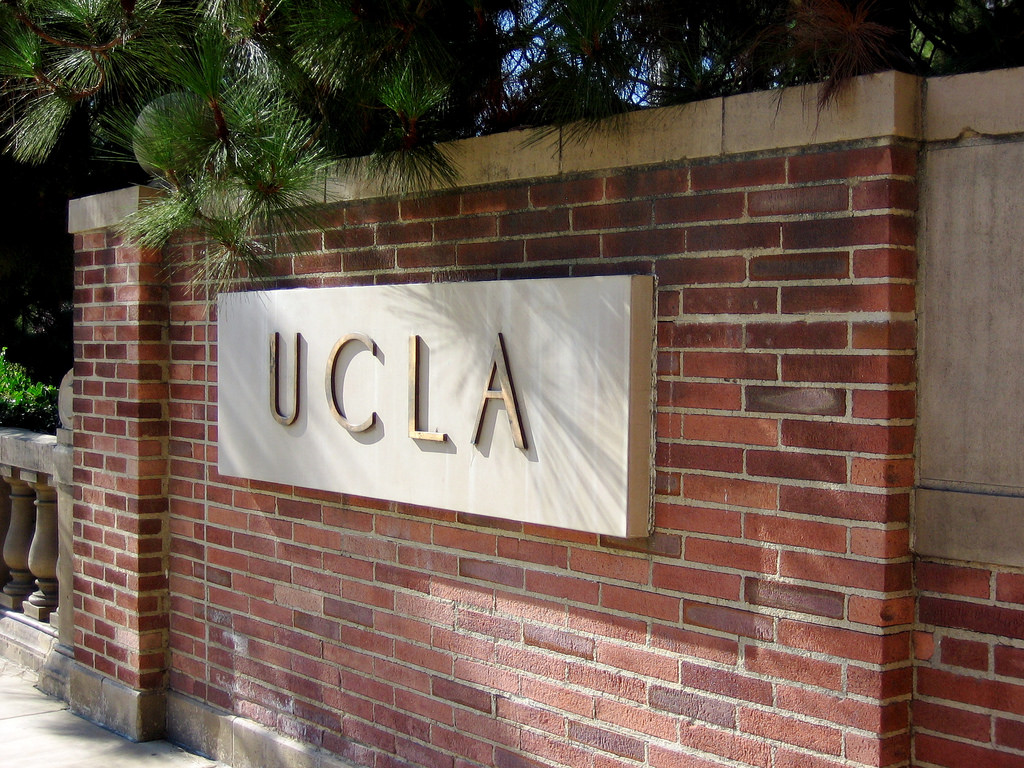





 More news and opinions than at a Shabbat dinner, right in your inbox.
More news and opinions than at a Shabbat dinner, right in your inbox.